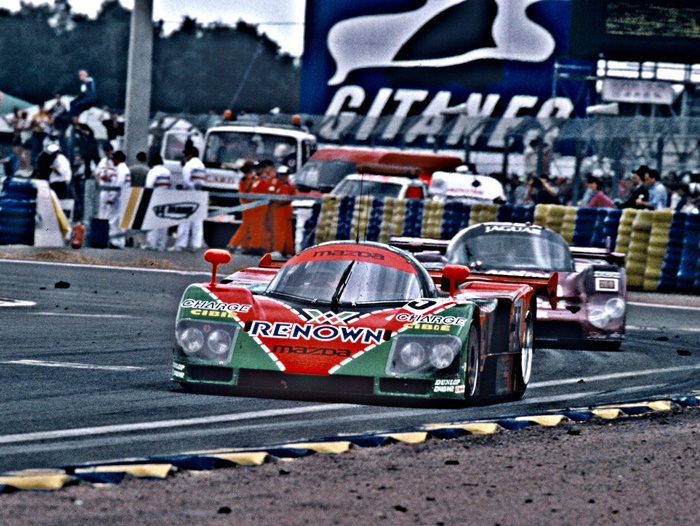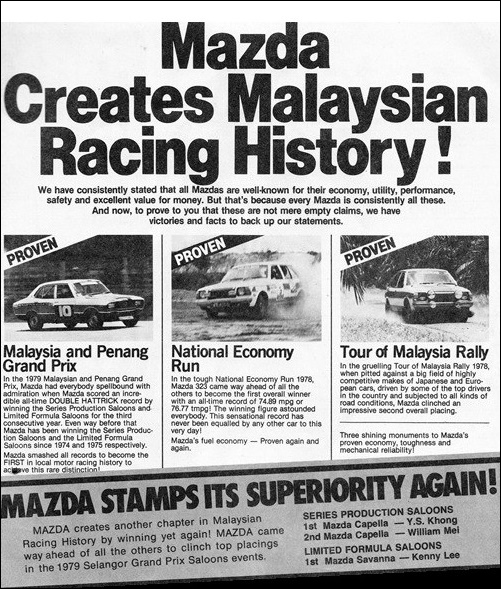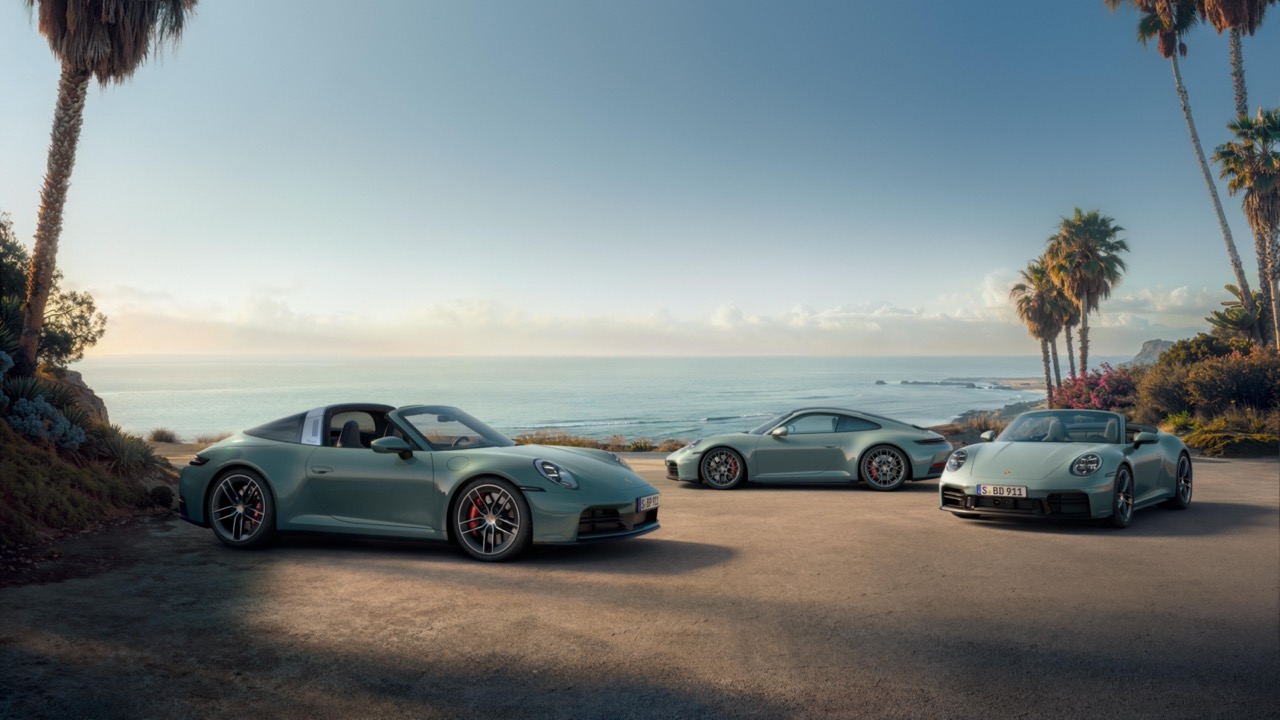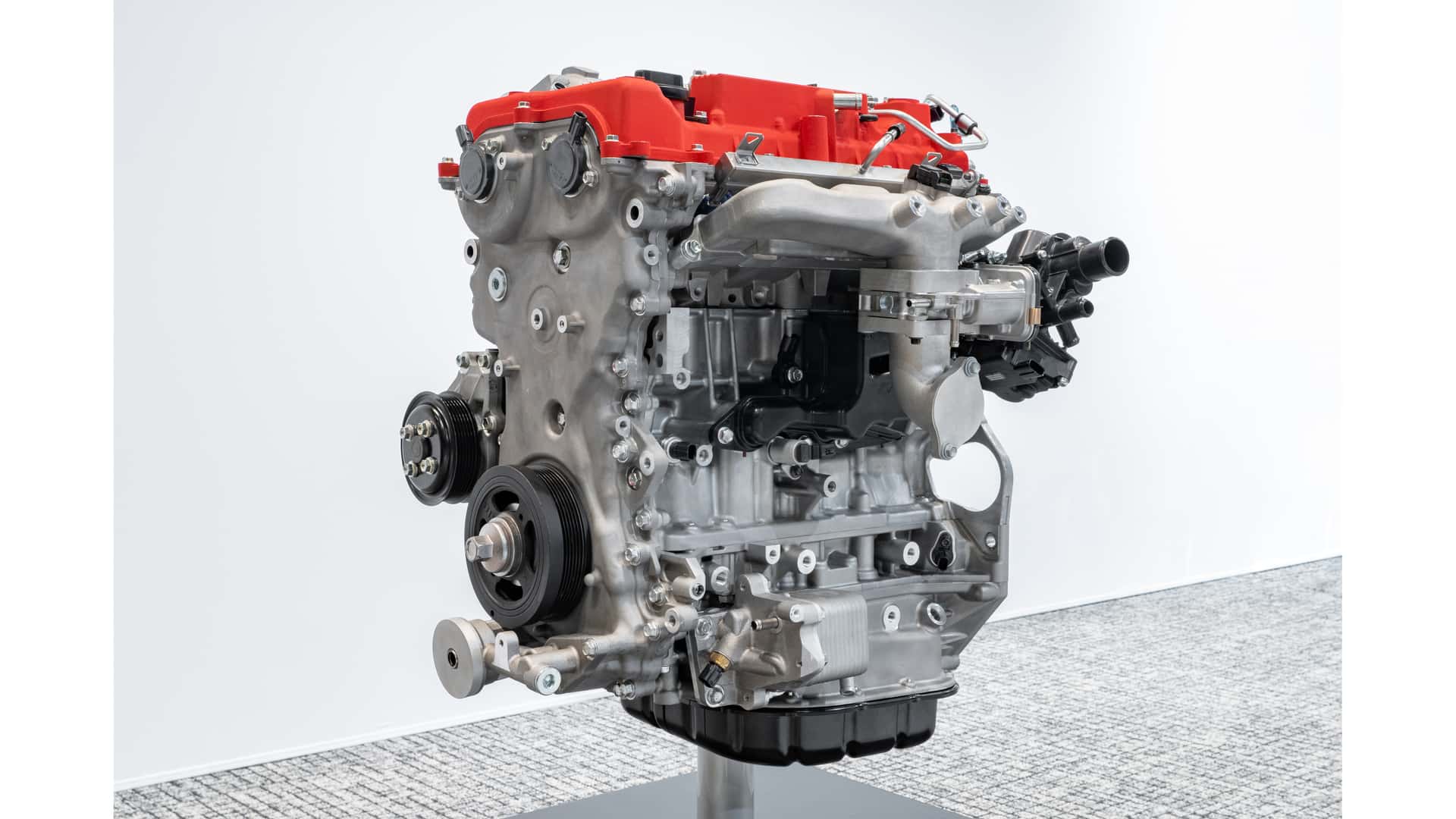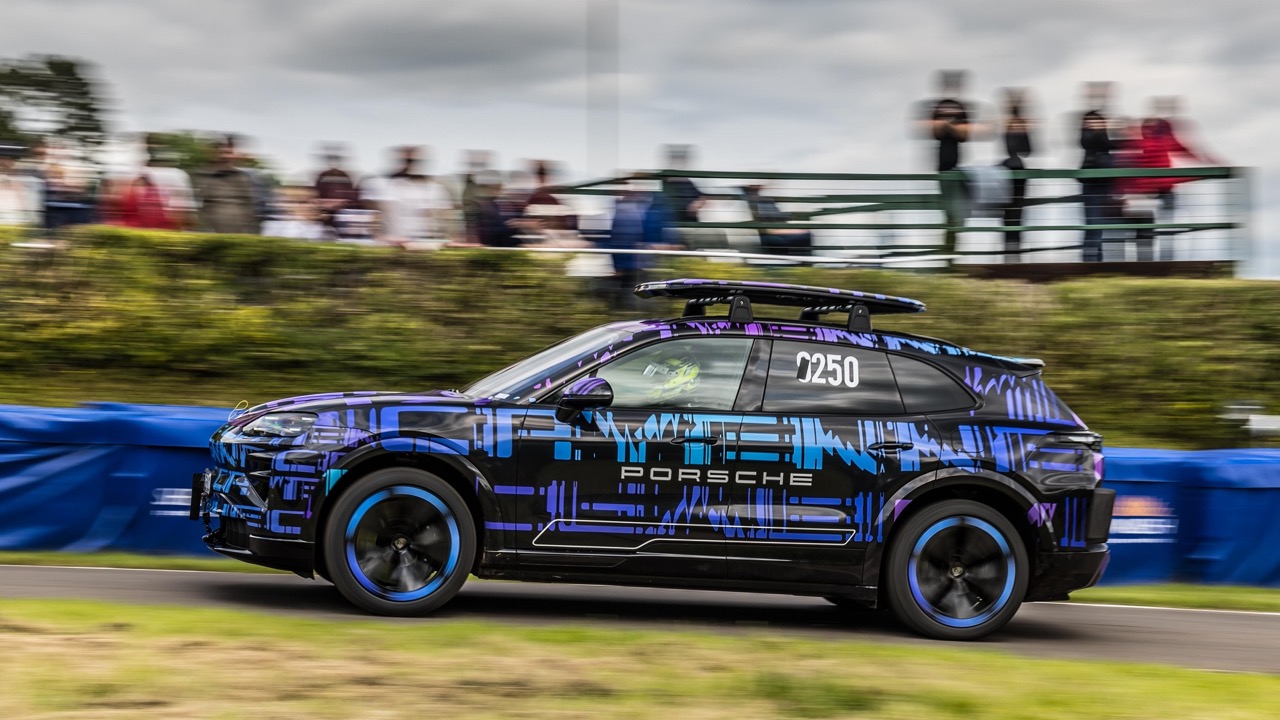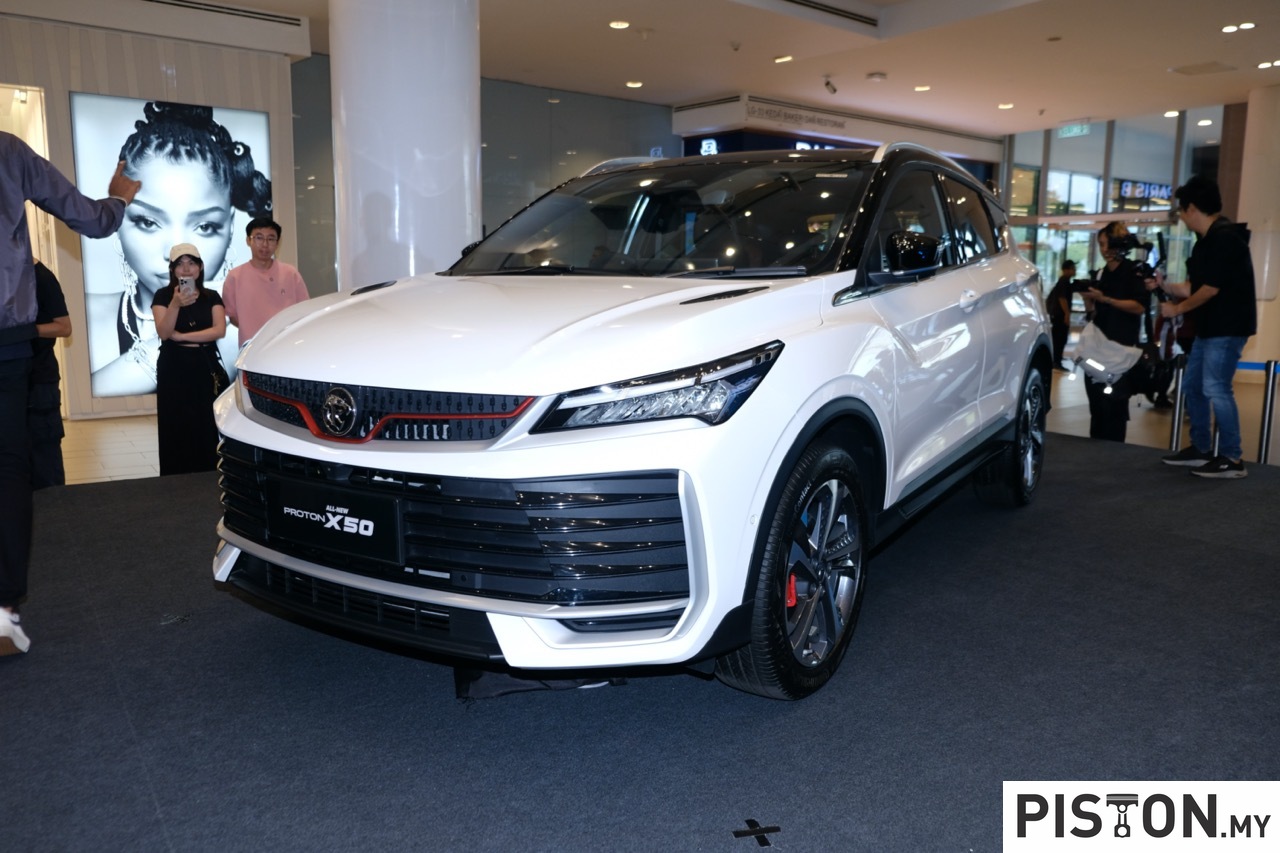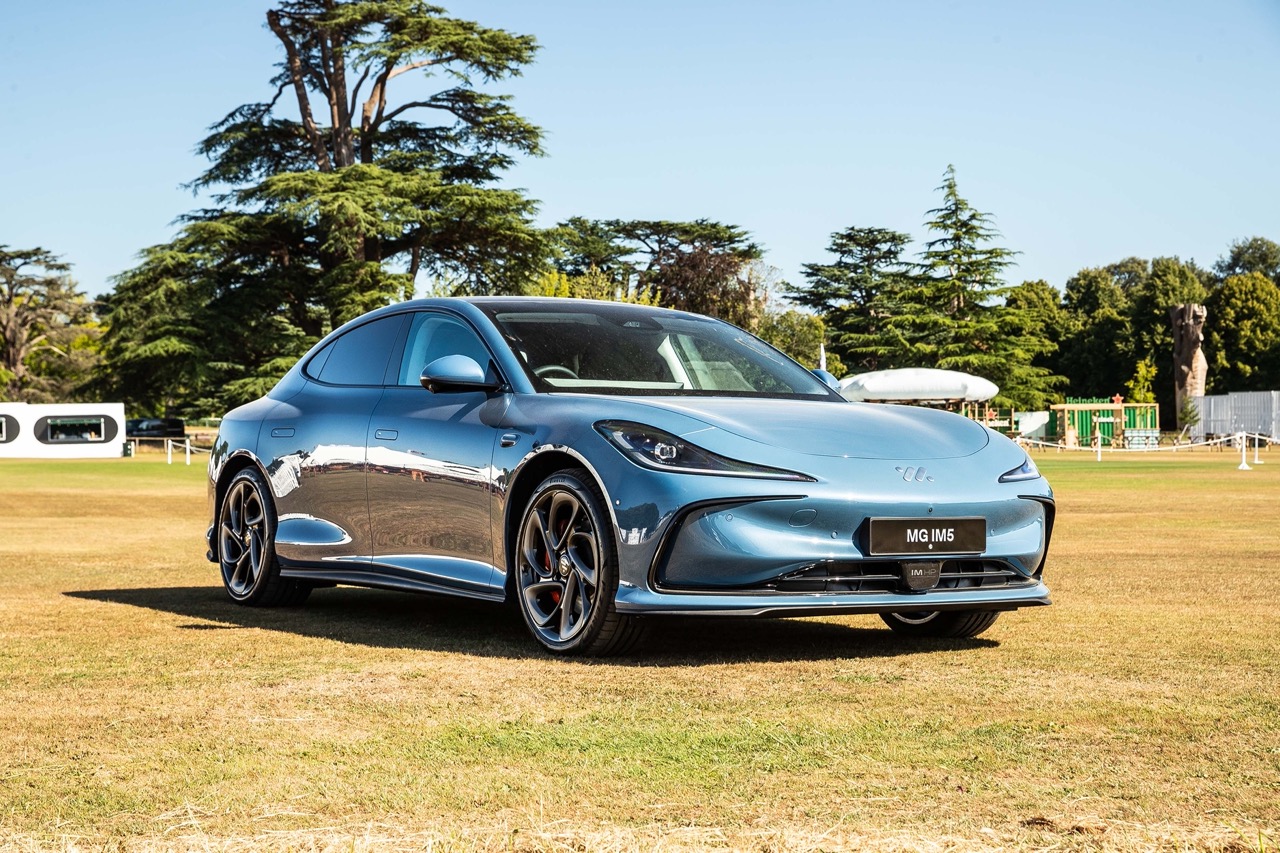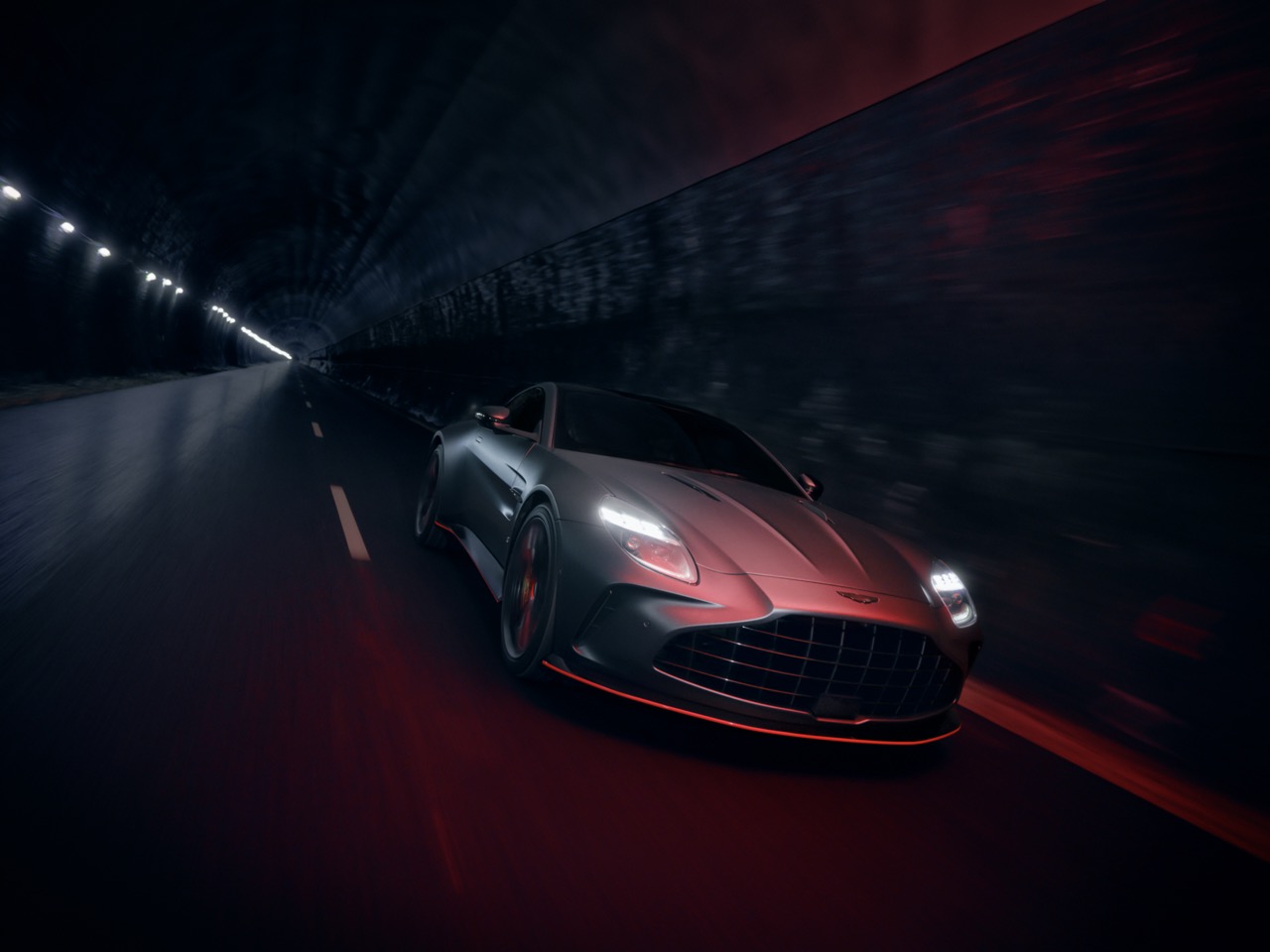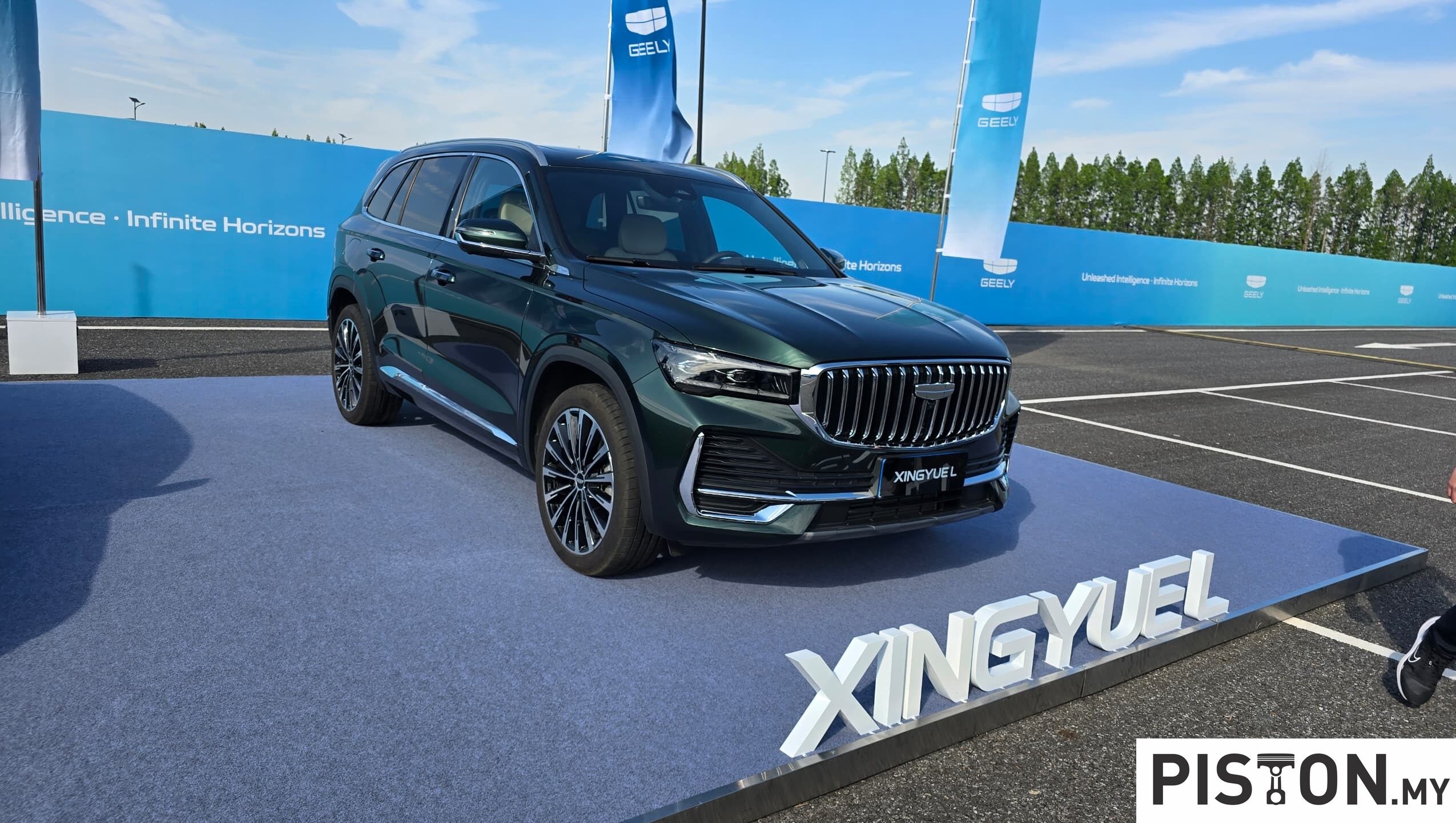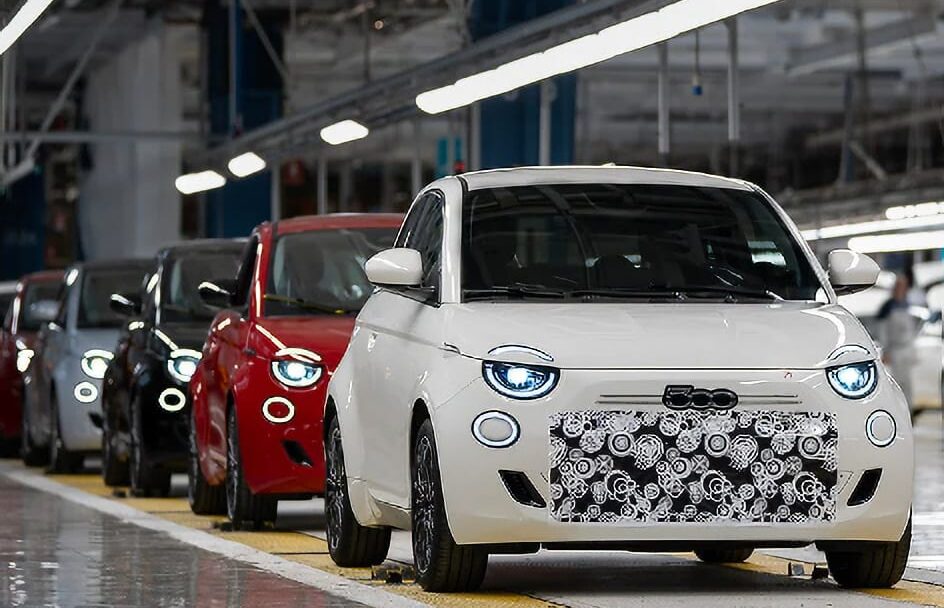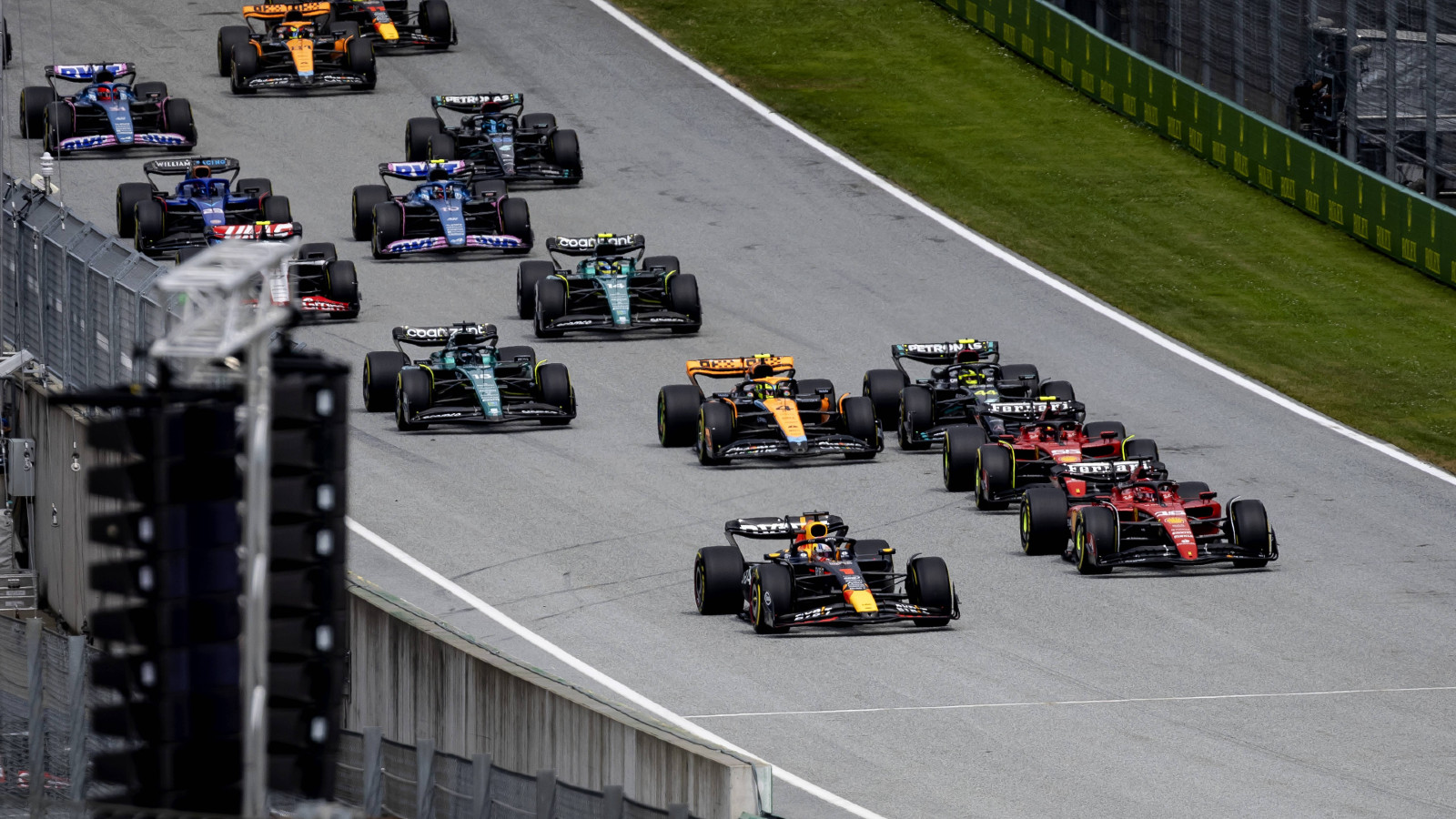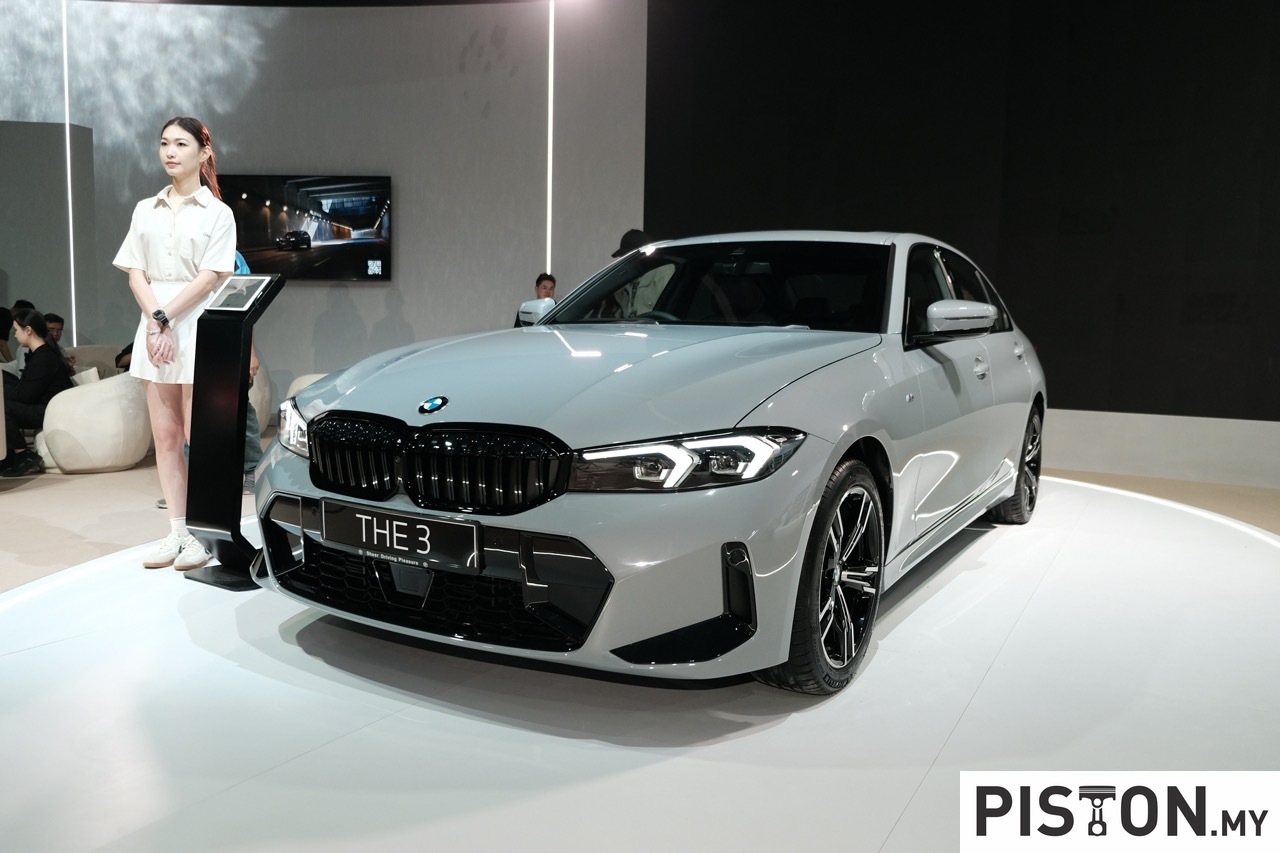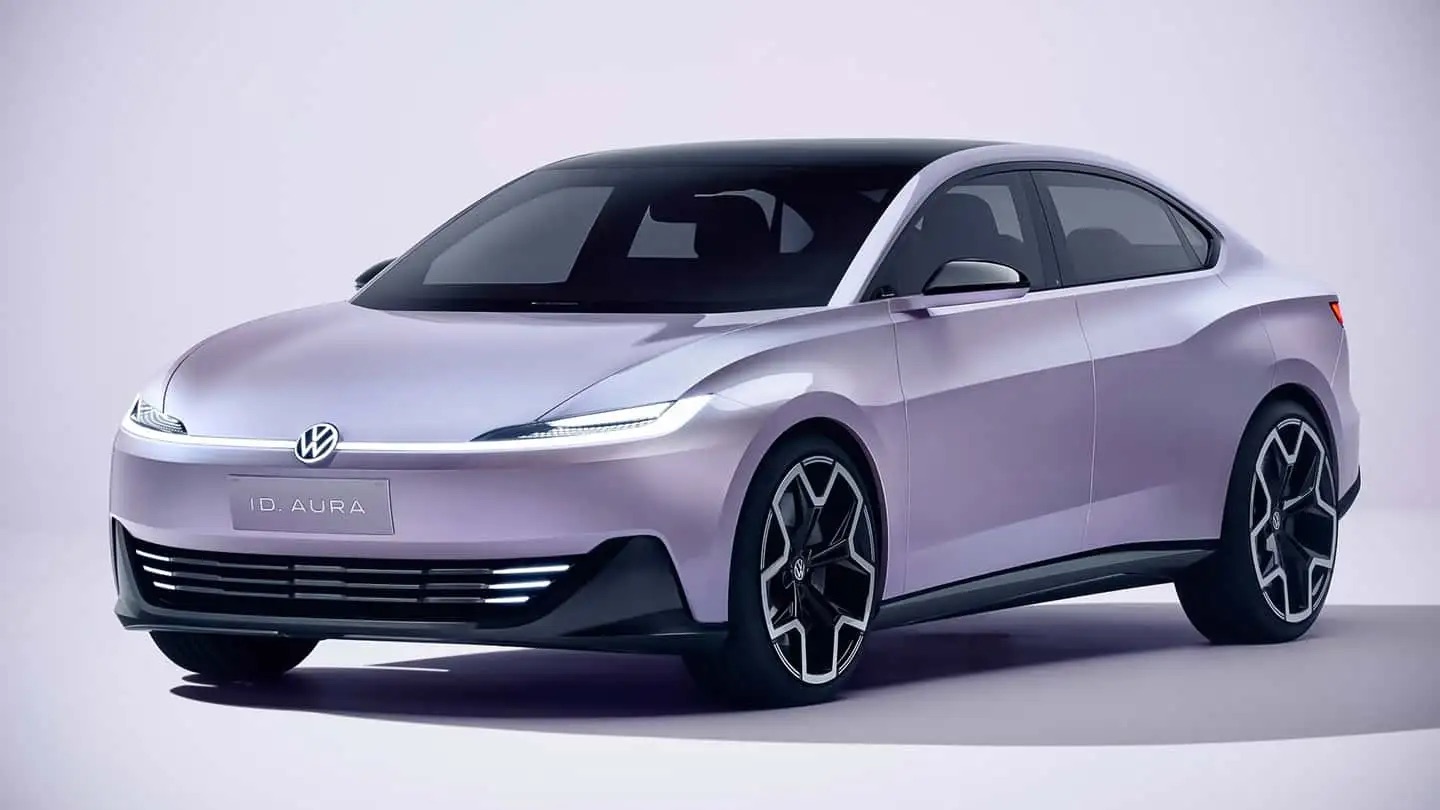On many occasions in its 100-year history, Mazda has demonstrated the superiority of its engineering capabilities in the highly competitive world of motorsports. By demonstrating its products in the public eye, putting them to the test against rival manufacturers on the circuits and in rallies, Mazda validated its technology.
When industrialist Jujiro Matsuda took charge of Toyo Cork Kogyo Company in 1921 and transformed the business first into a machine tool producer, he spotted an opportunity to promote his company. Motorcycle racing was popular in Japan in the late 1920s but most of the bikes were imported or assembled from imported parts.
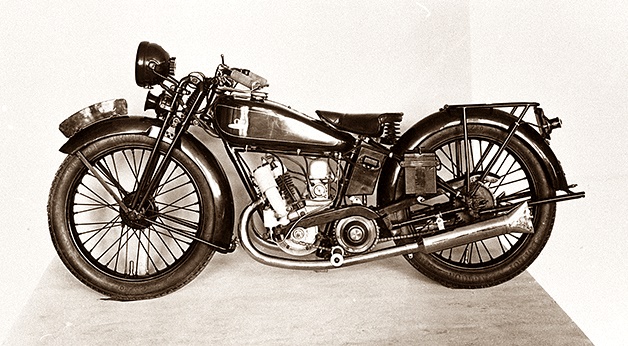
Beating the best on the first try
Toyo Kogyo, as Mazda was then known, wanted to build a domestic Japanese bike and began development of a prototype in 1929. A 250 cc 2-stroke prototype motorbike was revealed in October 1930 and to everyone’s surprise, it won its first race beating a British-made Ariel, which was one of the most-respected and fastest bikes of that period.
Toyo Kogyo went on to produce 30 more motorcycles in 1930 but then Matsuda decided to instead focus attention on the practical Go 3-wheeler that would help grow the business. This would set the company on the road to success in automobiles rather than motorbikes. So Mazda’s flirtation with motorbikes remains a small snippet in its history, but nevertheless one that started with victory in motorsport.
Entering the international arena
The approach of using motorsport to promote the company and its products was revisited three decades later as Mazda began selling cars across the globe. When Mazda introduced the Cosmo Sport which had the revolutionary rotary engine, it headed to Europe and entered the car in international motorsport in 1968.
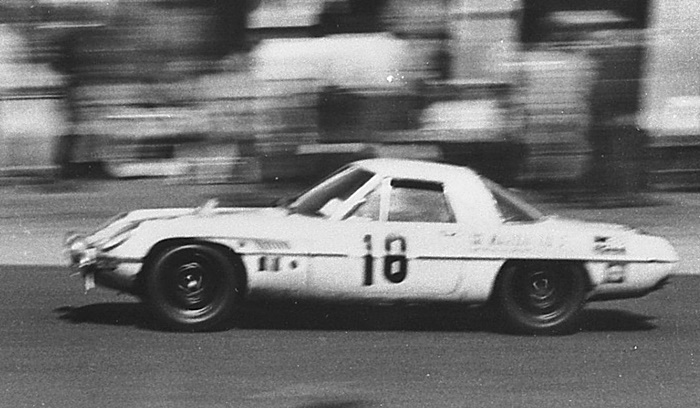
The event chosen was the gruelling Marathon de la Route – an 84-hour race around the legendary 28-km Nurburgring circuit. The aim was to test and demonstrated the endurance and reliability of the rotary engine. While one car crashed and retired, the remaining Cosmo finished fourth, beaten only by a pair of Porsche 911s and a Lancia Fulvia – considered at the time to be two of the finest sportscars in Europe. Motorsports enthusiasts began to watch the Japanese company from then on.
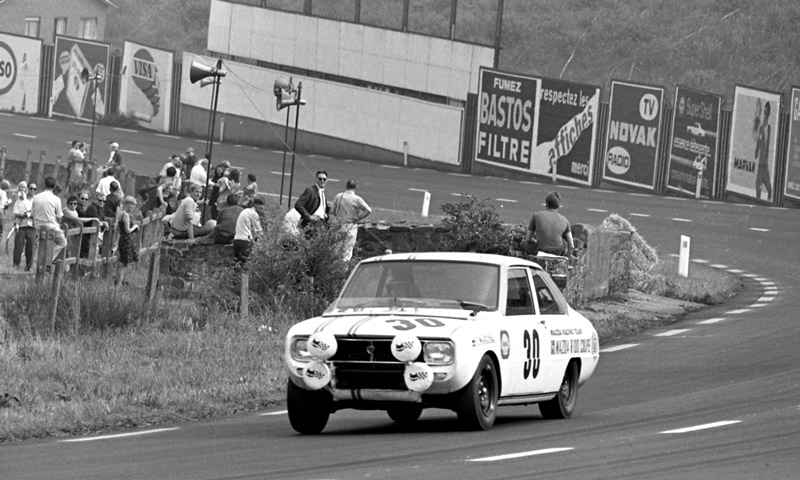
Proving speed and reliability
After success in the Marathon de la Route, Mazda entered the 1969 Spa 24-Hour race with three Mazda R100 coupes. The R100’s twin-rotor engine produced 200 bhp at 9,000 rpm, and the unsilenced noise of the rotary engine left European fans in no doubt about the unique engine under the bonnet. Held on the ultra-fast original 14-km Spa Francorchamps circuit, this race tragically claimed the life of Mazda driver Leon Dernier.
Against competition from BMW, Lancia, NSU, Gordini, Mini, Alfa Romeo and Porsche, the remaining Mazdas finished fifth and sixth, behind four Porsche 911s. The little rotary powered coupes had proved their speed and reliability in one of Europe’s toughest races, while repeating the success of the Cosmo the year before in the 1969 Marathon de la Route when a R100 finished fifth.
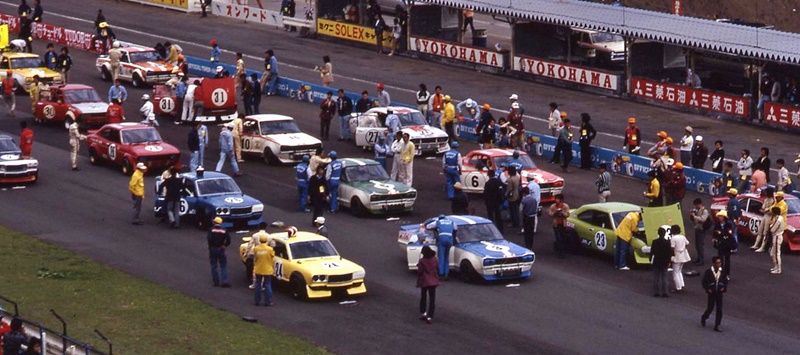
Back home in Japan, Mazda also went racing – taking on the Datsun Skyline in domestic racing with the new RX-3 coupe. In the 1972 Fuji Grand Prix for touring cars, the RX-3s took a historic 1-2-3 finish as the battle for supremacy with Nissan reached a new level of intensity. The RX-3 also became a popular and successful race car around the world.
The car that really put Mazda amongst the sportscar greats was the RX-7, also rotary-powered. This iconic Mazda model appeared in races and rallies in numerous specifications in the hands of both factory and private entrants.
The RX-7 was used for Mazda’s first factory entry at the Le Mans 24 Hours, but it was overall victory at the 1981 Spa 24 Hours – the first for a Japanese brand – that really put the RX-7 on the map. Alongside winning the British Touring Car Championship in 1980 and 1981, these victories for the British TWR team firmly established the RX-7 in the UK.
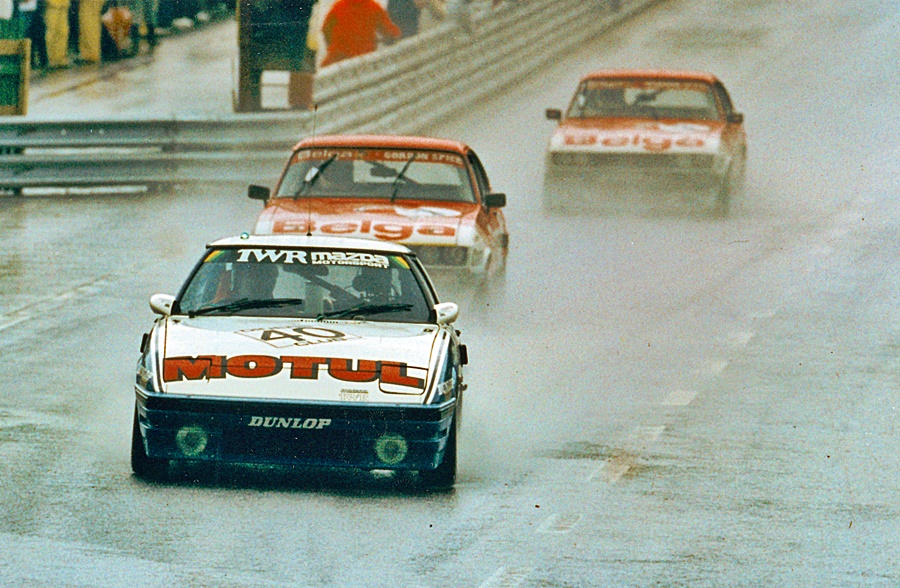
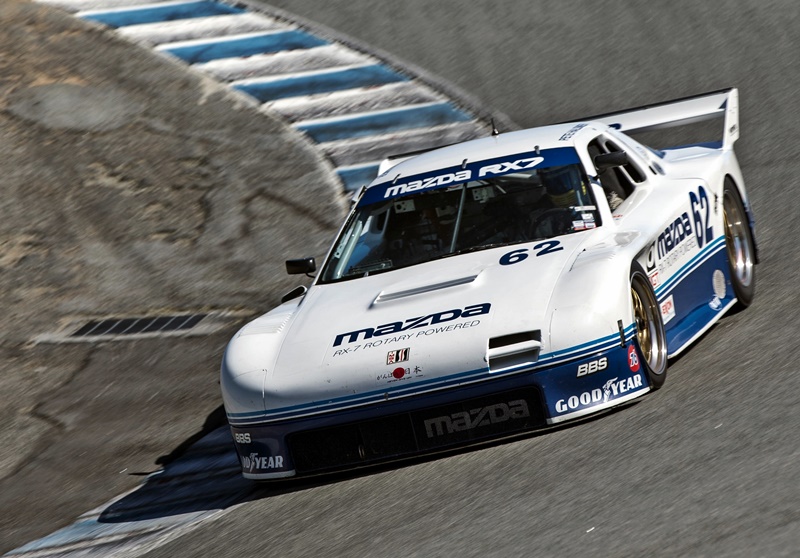
The RX-7 also made its mark on the other side of the Atlantic where it enjoyed consistent success. Competing in the GTU class for cars with engines smaller than 2.5-litres, it won the 24 Hours of Daytona at its first attempt in 1979. It then took the GTU championship for seven years on the trot. And while the class structures might have changed, the RX-7’s success remains undiminished: it has won more IMSA races than any other model in history.
Mazda in rallies
The RX-7’s rallying achievements are less well known. On February 1, 1984, the RX-7 was homologated for the Group B category of rallying. The Group B RX-7 programme was created by Mazda Rally Team Europe, an operation set up by German rally driver Achim Warmbold and based in Belgium. Unlike other Group B cars which were 4-wheel drive, the RX-7 had only rear-wheel drive.
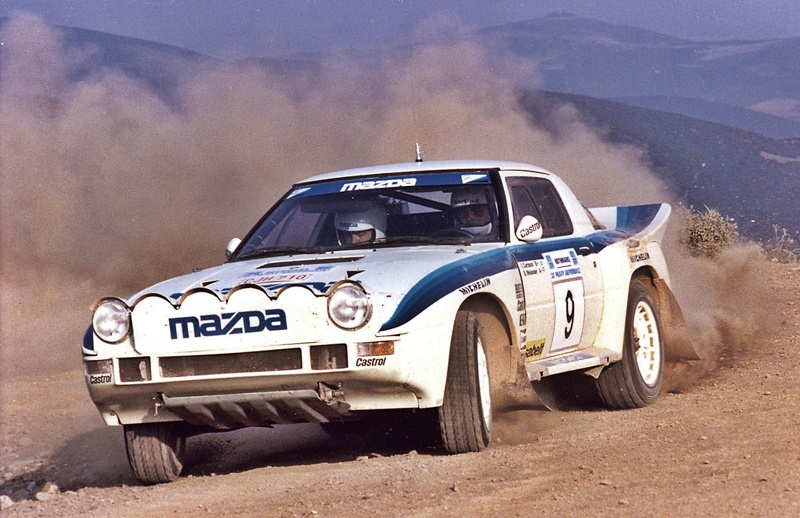
Nonetheless it recorded some successes, winning the 1984 Polish round of the European Rally Championship. Possibly a more notable success was its third place in the 1985 Acropolis Rally, a round of the World Rally Championship. The RX-7 was remembered fondly by spectators for its flame-spitting rotary engine and the spectacular sideways driving due to its rear-wheel drive set-up.
Historic victory at Le Mans
For all the brand fame achieved by the motorsport activities, it’s Mazda’s association with the 24 Hours of Le Mans that stands above all else in the company’s motorsports history. The first time Mazda’s name appeared in the event was in 1970 when a Mazda 10A rotary engine powered a Chevron of the Belgian outfit Team Levi’s International.
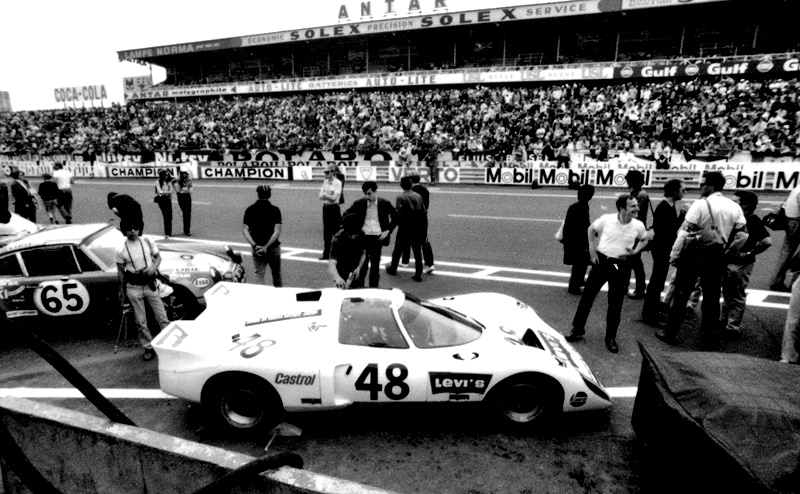
During the 1970s, Mazdas would also appear in other Le Mans events, with the RX-7 making its debut in 1979. In 1981, a pair of RX-7s were entered under the Mazdaspeed name, each having powerful 300-bhp twin rotor 13B engines.
1983 saw the factory Mazdaspeed team move into the prototype ranks with the 717C. Built for the 1983 Group C regulations and entered in the smaller Group C Junior class, the 717C was powered by a twin-rotor engine and had an aluminium monocoque chassis. Its low drag bodywork and enveloped rear wheels were designed to ensure the highest possible speed along the famous Mulsanne straight and the slippery 717C had a drag coefficient of just 0.27 Cd.
However, with very little downforce and a short wheelbase, driving the Mazda was a challenge for the drivers. Its speed and endurance brought a 12th place finish overall and the Group C Junior win for Japanese drivers Takashi Yorino, Yojiro Terada and Yoshimi Katayama. The only other finisher in the Group C Junior class was the second 717C, which said something about the reliability of the engineering.
In 1983, Mazdaspeed entered the renamed Group C2 class with a pair of Mazda 727Cs, an evolution of the previous year’s winning 717C with a twin-rotor 13B engine. A pair of sleek Lola T-616s entered by an American team also entered and these were powered by the same 13B rotary engine as the factory cars.
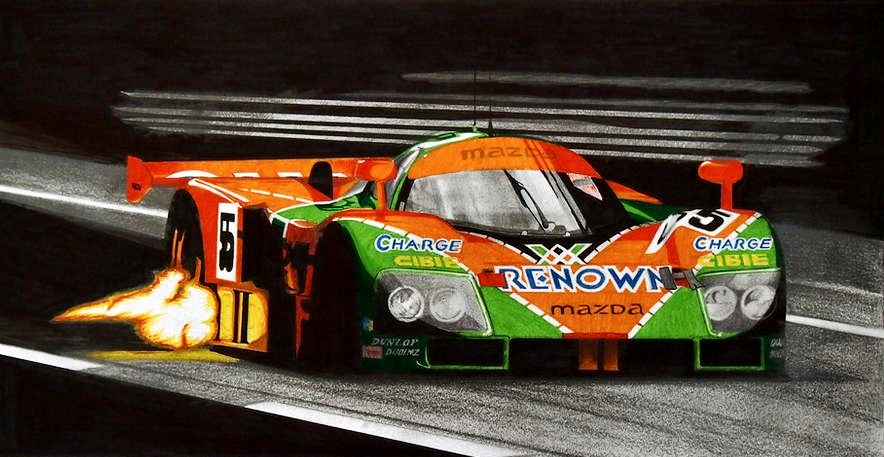
Mazda’s tally of class victories at Le Mans continued during the late 1980s and in 1991 came overall victory – the first for a Japanese brand at Le Mans. The car that did it was the 787B; it wasn’t just the powerful rotary engine but the racing car also had carbon brakes and a carbon clutch, and it was the first Mazda racer to feature telemetry.
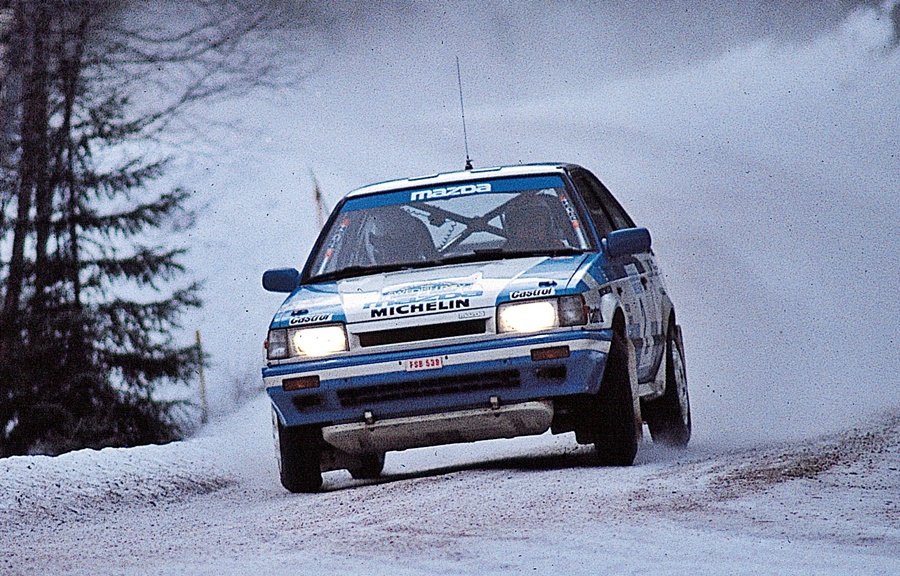
However, it wasn’t just success at Le Mans that marked Mazda out in the 1980s and 1990s, with rallying changing to Group A regulations, Mazda took on contenders from Lancia, Toyota and Ford with the Mazda 323 AWD. Although its 1.6-litre engine produced just 250 bhp, the 323’s small size and nimble handling was advantageous, particularly on ice rallies.
Mazda in Malaysian motorsport
In Malaysia, Mazda was also a notable name in motorsports in the 1970s. The local distributor, Asia Motors, had prepared some models with rotary engines such as the Capella RX-2 to challenge the Alfa Romeos. In Series Production races, they won several times and also made a strong impression in other classes with the Savanna RX-3. The company also installed the rotary engine in the original 323 (with rear-wheel drive) to enter rallies.

While Mazda Corporation stepped away from global motorsport at the start of the 1990s, success continued in the USA and today, Mazda Motorsports North America continues to compete at the highest level with a two-car factory supported effort in the 2020 IMSA Sportscar Championship with the RT24-P prototype.
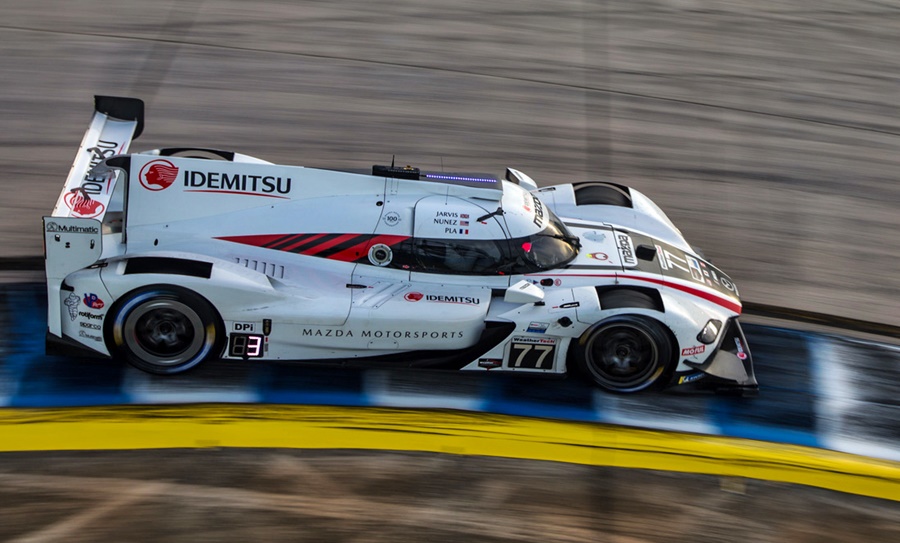
Unusual, little known Mazda vehicles you may never have heard of





